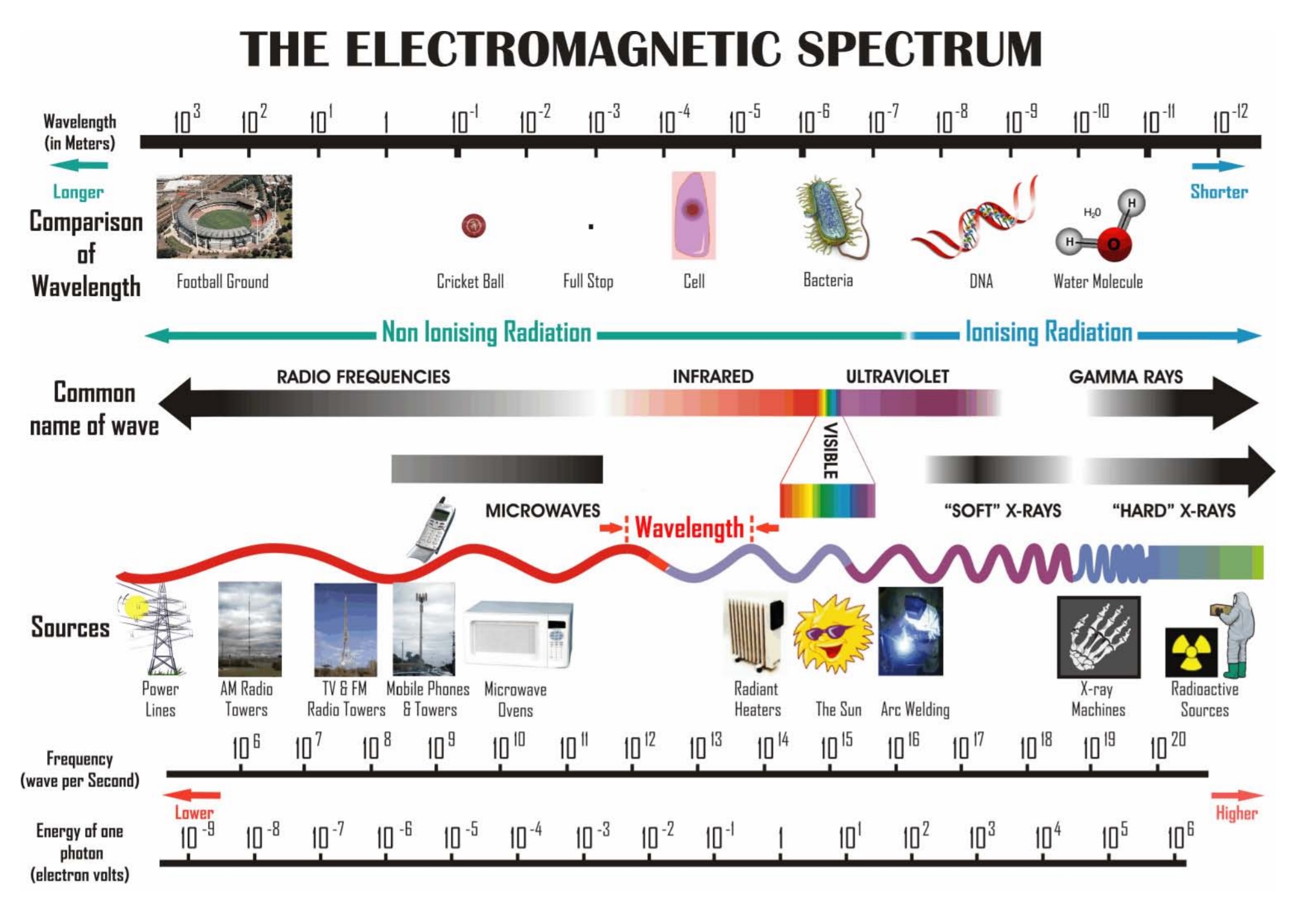The health risks of the 5G radiation are being debated. However, one study has suggested a link between RF radiation and cancer in male rats. The study was classified up until it was removed on the 12th of December 2012 by the Central Intelligence Agency, but it shows that radiofrequency can cause cancer in animals, which includes humans. In the research, scientists were exposed to male rodents for 15 days , and discovered that they developed similar types of cancers human beings do.
Health impacts of 5G radiation
The rapid expansion of wireless communications is causing the creation of 5G technology however, there is a growing concern regarding the health effects of 5G radiation. While the higher frequencies may not penetrate the body as deeply as older technologies, scientists have pointed to possible effects on the system and are calling for more research. To ensure that people are protected to protect the population, there is a need for the European Commission is requesting independent studies to determine whether the technology is posing any health hazards.
It is important to note that there's a substantial amount of misunderstanding about 5G's health impacts, and it is essential to dispel any misunderstandings that may persist. Although 5G isn't yet widely used but there are many who are being told that it might cause health problems typically through social networks where sensational use of language is commonplace.
Beamforming technique
Beamforming is one of the most crucial technologies used in 5G mobile networks. It is a method which makes use of multiple radiating elements to create narrow beam. The purpose of beamforming is to minimize how much unwanted radiation is reflected within the resulting signal. This method is typically employed for wireless communications systems, and is essential for 5G's cost-effective coverage.

The method is based on electronically weighting the individual signals of each antenna. This creates the smaller beam of radiation which enhances coverage of cell phones indoors as well as near the cell's edges. This is crucial since poor coverage could cause low user satisfaction. Apart from increasing the signal, beamforming helps reduce the amount of interference a user experiences from other devices.
Power density
The power density of 5G electromagnetic radiation coming from cell towers will be similar to the previous generation of 3G and 4G systems. One reason behind the low power is the sensitivity of electronic components. The maximum radiation output for a 2G handset was about 2 Watts, whereas that of a 4G handset was about 200 milliwatts.
The power density measures how much electromagnetic energy is absorbed by the body from a specific distance. Power density for radiation 5g is usually expressed in Watts per square metre. In contrast to the SAR measurement the power density measurement is actually a measure of the quantity of electromagnetic energy within a given space. The limits for power density may differ for mobile devices and wearables according to their operating frequencies and distance.
Specific absorption
A Specific Absorption Rate (SAR) is an measure which measures the speed at which a certain frequency deposits power into human tissues. In general, the SAR number must not exceed 2 Watts per kilogram of body mass. This value is derived through the electrostatic field present within tissues and the mass density, measured in kilograms per cubic millimeter. 5g towers radiation was recent applied to the proposed antenna design.
The new radio technologies that make up the network 5G operate in frequencies that are lower than 6 GHz. These frequencies are referred to in millimeter waves. However according to the FCC's SAR compliance program is only applicable to frequencies of up to 6 GHz. Furthermore the SAR test demands that measurements be conducted with phantoms made of tissue simulating medium.
Skin health effects
Currently, we are not aware of the health effects of radiation from 5G on the skin. The current knowledge is limited because of the absence of in-vivo studies and theoretic models. There is however an urgent need for further studies of the effects of 5G radiofrequency radiation on the human skin. Utilizing Home page may cause damage to the skin particularly to the epidermis which is an extremely sensitive organ.
Unlike 4G, 5G radiation has a high frequency that has been found to heat human body tissues. https://rosendal-ravn.hubstack.net/well-being-effects-of-5g-radiation-1680842245 are dipolar, which means that the higher frequency of 5G radio waves will cause heat in the skin. Exposure to 5G radio frequencies could also affect other organs of the body, such as the brain.
